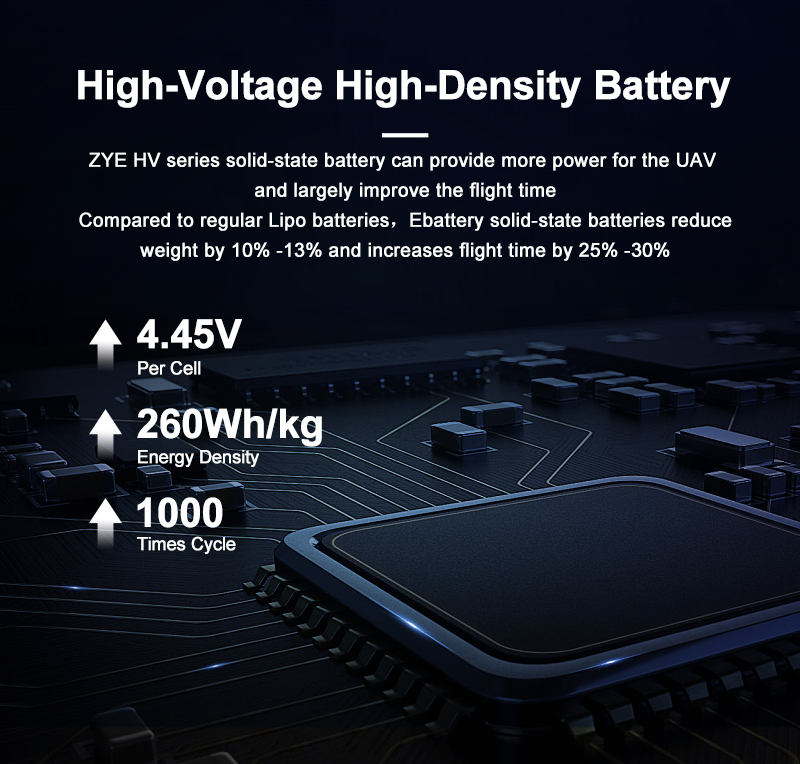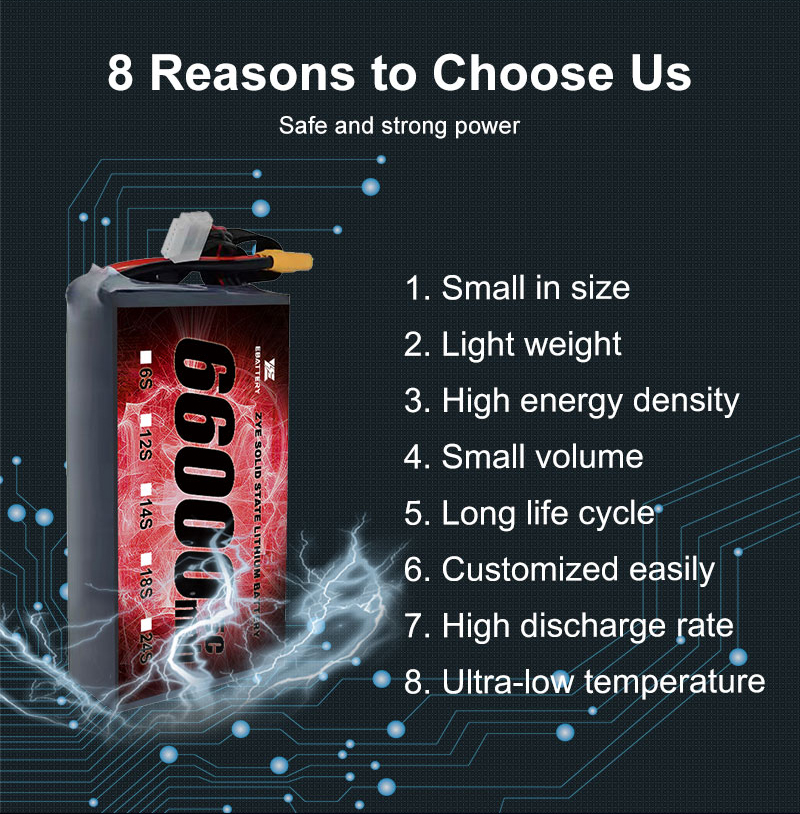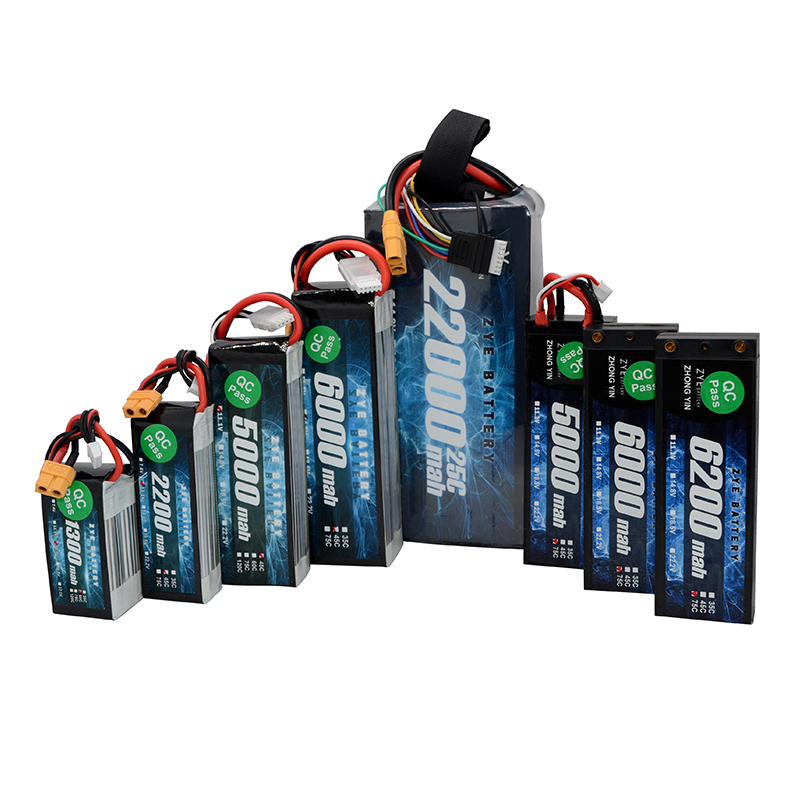Are semi-solid batteries more environmentally friendly?
2025-08-12
The environmental impact of battery technologies is a crucial consideration as we transition towards a more sustainable energy future. Semi-solid-state-batteries offer several potential environmental benefits that make them an attractive option for eco-conscious consumers and industries:
1. Reduced raw material usage: The higher energy density of semi-solid batteries means that less material is required to produce batteries with equivalent storage capacity. This reduction in raw material consumption can lead to decreased environmental impact associated with mining and processing battery materials.
2. Longer lifespan: Semi-solid batteries typically have improved cycle life compared to traditional lithium-ion batteries. This longevity reduces the frequency of battery replacements, thereby minimizing waste and the environmental impact associated with battery disposal.
3. Improved recyclability: The semi-solid nature of these batteries may facilitate easier recycling processes, potentially increasing the recovery rates of valuable materials and reducing the environmental footprint of battery production.
4. Lower risk of environmental contamination: The reduced risk of leakage in semi solid state battery systems minimizes the potential for environmental contamination in the event of battery damage or improper disposal.
5. Energy efficiency: The potential for faster charging and discharging in semi-solid batteries could lead to improved overall energy efficiency in various applications, reducing wasted energy and associated environmental impacts.
Typically, semi-solid-state-batteries are designed to endure between 1,000 to 5,000 charge cycles, depending on various factors such as the specific chemistry used, manufacturing quality, and operating conditions. This translates to an estimated lifespan of 5 to 15 years under normal usage patterns.

Can semi-solid batteries be recycled at the end of their life cycle?
The recyclability of semi-solid state batteries is enhanced by their design, which typically involves fewer components and a more stable structure compared to liquid electrolyte batteries. This simplification can make the disassembly and material recovery process more straightforward and efficient.
The absence of liquid electrolytes reduces the risk of contamination during the recycling process, potentially leading to purer recovered materials. This is particularly important for elements like lithium, cobalt, and nickel, which are in high demand for battery production.
It's worth noting that the recyclability of semi-solid-state-batteries can vary depending on the specific chemistry and design used by different manufacturers.

As the technology evolves, we can expect to see increased focus on designing these batteries with end-of-life considerations in mind, potentially incorporating easy-to-disassemble structures or using materials that are more readily recyclable.
If you have any questions about battery care or are looking for high quality lipo battery solutions, please feel free to contact us at coco@zyepower.com. We're here to help you power your projects safely and efficiently.
























































